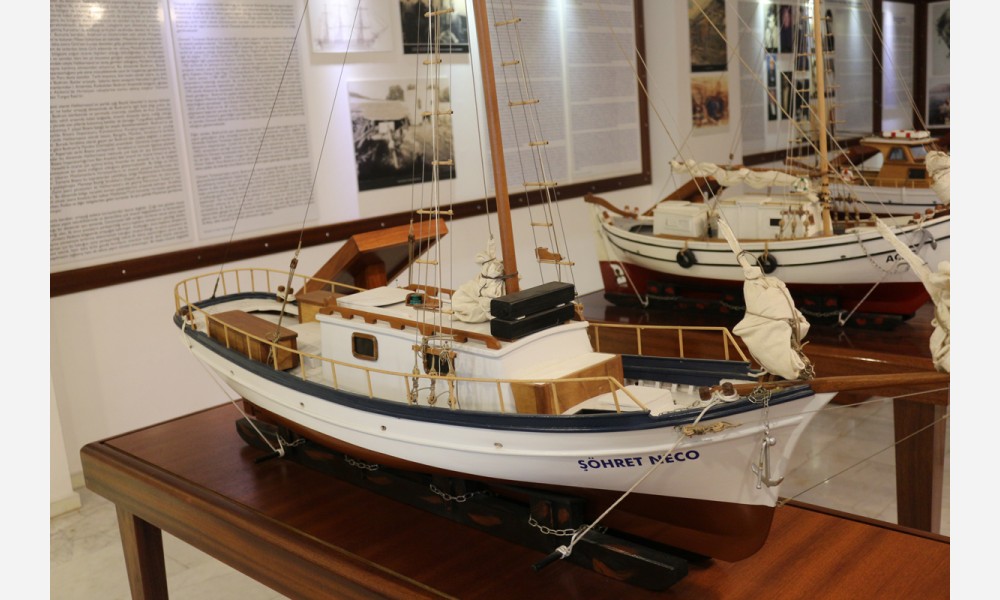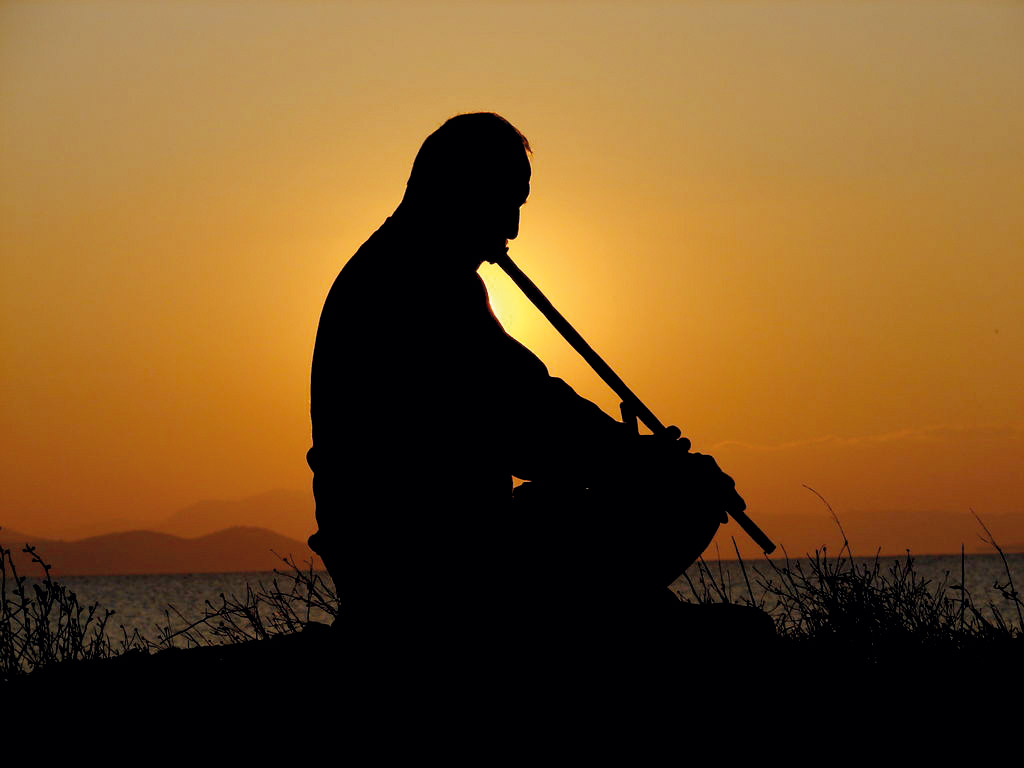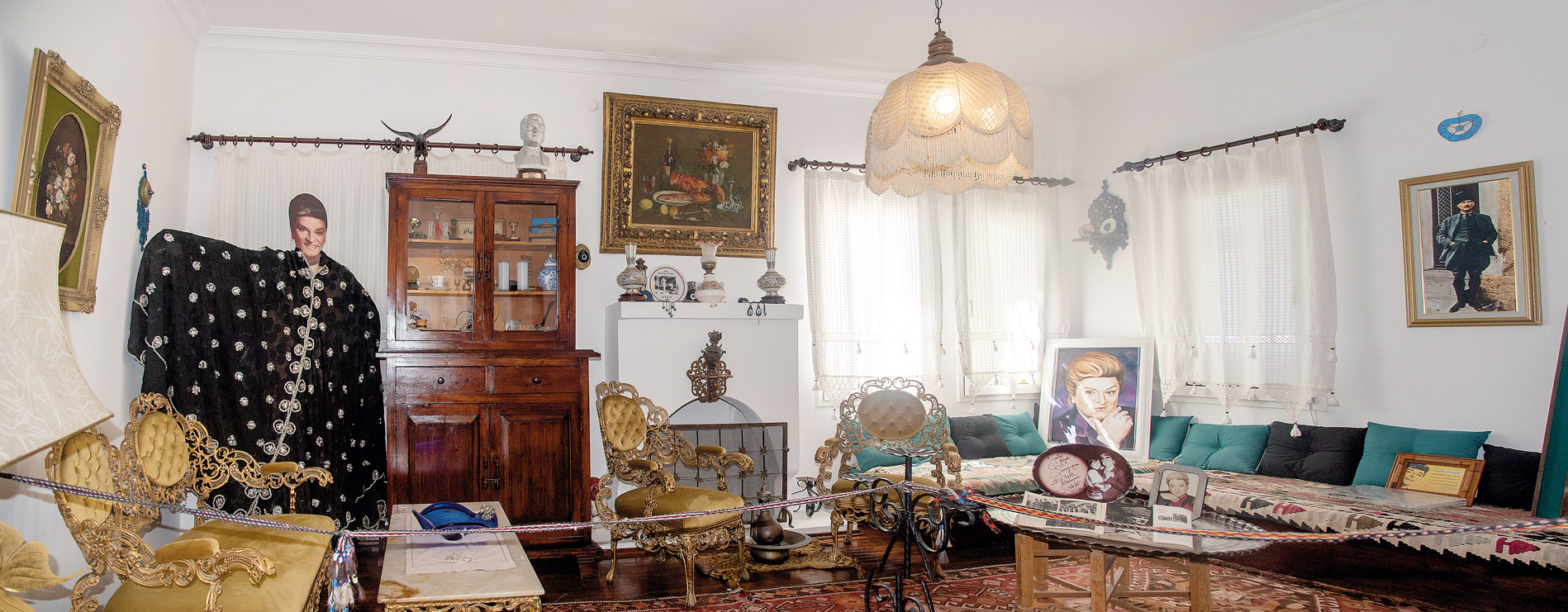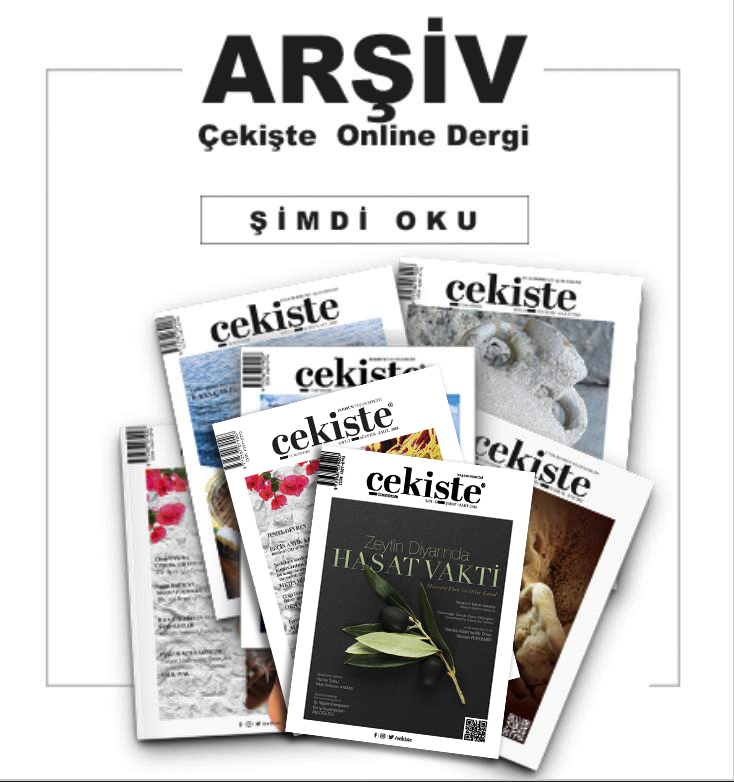A Bodrum lover, roots extending to the sea…

Documentary studies/researches, successful projects about Bodrum, being president of associations...
Zehra Denizaslani is one of the powerful women who bite off more than one can chew. In the warm conversation, she has whispered to us the culture, which she has witnessed, and the gorgeous face of Bodrum…
Could you tell us about yourself?
Both mother and father are Cretan and sailors. My father's father had come from Chania to Fethiye and my mother’s father had come from the island of Spinalonga to Bodrum. Spinalonga is an island of sailor-fisherman. In the exchange period, the island was not included the exchange. However, one morning they see some leprous people are brought to the island in order to make them leave the island. Eventually, they have to leave the island. All the sailors come to Bodrum afterwards. When my family came here, they started fishing. They start trading fish because the locals of Bodrum make a living with olive and citrus. After a while, my father started to sponge trade. They used to trade with merchants from the island Kalymnos and Kos by accepting gold. The coast of Kumbahce used to be crowded with fishing nets and many conversations were had there. Maritime in Bodrum has improved very much since we came here.
Since my childhood, I am very keen on learning. I wanted to study but this was not possible because of the unfortunate events I experienced in my childhood. There was no high school in Bodrum then. Suddenly, my father abandoned us and my mother, my siblings and I were down. I could not go to school but I registered at the library by saving money. I used to read all the time. After my mother left, my mother made me learn how to do needlework by saying, “Learn a job”.
I got engaged to my husband, my closest neighbour, at age 16, and I got married at 17. My husband was also Cretan. Although I am in the same neighbourhood, we had never talked to each other; we had an arranged marriage.
My husband worked at the shipyard to earn money. Those times, Naminin Mehmet in Bodrum became interested in boats in Gulluk. He builds a boat, his father does not like it and he burns it. Mehmet does not give up, he goes to Kalymnos. He sees that there is a manufacturing of a new boat, he sits on the top of a tree for days and watches the construction of the boat. A man succeeds everything if he wants. He goes back to Bodrum, builds a boat and sells it. Master Ziya Guvendiren starts to work with Naminin Mehmet. Naminin Mehmet leaves the shipyard to Ziya Güvendiren (a.k.a Ziya Usta) and goes to Gulluk. All the children of the neighbourhood were raised for the job by Ziya Usta then. My husband, Ali Kemal Denizaslani, who is known today as a master, Erol Agan and Mehmet Ozyurt cut teeth with Ziya Usta. I have loved the sea all my life, I still do. Those days, boat orders from Bodrum started. The shipyard was in the place where the historical shipyard was. Under these circumstances, I could not just stay home. I went to the shipyard and helped my husband. I did work like sandpaper, varnish, pounding a nail and dying. To me, the wooden boats were legendary. When each boat was finished and launched into the sea, I used to break down in tears.
Could you talk about the projects bearing your signature in Bodrum?
The idea belonged to me in the project "The Brides of Bodrum", actualised in 2012. We aimed to bring back from the old traditions with the project. I found the old wedding gowns by walking from door to door in Bodrum. We have presented the olds gowns and jewellery in the glass bells at the exhibition in the Oasis. A book was prepared by Mazhar Bey's initiatives.
I have also had an effort on the book titled "The history of Bodrum Maritime and Shipyard" which will be completed soon. An effort of serious research and fieldwork. I have spoken with the sailors and met with astonishing stories. For example, I learned that sponge divers dived for a living, although they did not know how to swim. They even had thrown the divers into the sea and pressed them to sink or make them walk from the shore through the sea. Incredible events had happened in the past.
In World War II, a boat is wounded and submerged in our waters while escaping. The person who used to be a sponge diver finds that boat. He takes the British made engine and makes himself a trata boat. The impossibilities used to make people have to create miracles those days. Even the Brits were surprised and brought him spare parts as a gift for that engine that had been in the water for years.
We know about your labour in the Bodrum Maritime Museum as well.
The idea of the Bodrum Maritime Museum belonged to my husband. When my husband went to Chania, he visited the maritime museum there, and when he returned, put the idea into practice. Bodrum Maritime Museum was established with the support of Mahmut Kocadon, Chamber of Commerce President and Mehmet Kocadon, the Mayor. There are 50 boat models of my husband's there. We opened the exhibition of the Maritime Museum, with 12 boats, in a tent in the port. The former masters were crying when they came to the exhibition. There were people who said, "On this boat, it feels like my first time fishing".
At least, a legacy bearing the traces of the past has been left to future generations.The Maritime Museum makes me so excited. I know all those masters, who served in Bodrum for a while.
My husband had an operation with a diagnosis of brain tumor, during the maritime museum project .He could not even stand his leg for a long time. He could have come up to the opening of the museum but a short time later, unfortunately, we lost him.
The gulets have gained an aesthetic appearance with the touch of the boat masters, my husband Ali Kemal Denizaslani, Erol Agan, Ziya Usta and the other masters. My husband had made the first deck-cabined gulet. It was called “Sef” (chief). Unfortunately, the boats are not as they used to be anymore. When Kemal made a boat, he would just walk away with no need to return. Because he knew what he was doing very well. He was a real craftsman.
Could you talk about the documentary project called “The Cretans of Our Neighbourhood”?
I witnessed many children in my neighbourhood who suffered a lot, because they did not know how to speak Turkish, in my childhood. The Greeks of Turkish nationality, who were sent to Crete by the exchange in the same way, also had difficulty because of speaking Turkish. In this documentary titled "The Cretans of Our Neighbourhood”, we have studied this topic. The subject of the documentary is the Cretan immigrants in Bodrum and Bodrum immigrants in Crete that increased by the exchange, especially after the end of the 1850s. The Greeks of Turkish nationality, who were sent from here established “Neo Halikarnia Region” in Crete and they were not accepted there as Turks of Crete. We, too, have not been accepted here as Cretans of Bodrum for a long time. We were not allowed to go beyond Azmakbasi elementary school. We had a single name they called us, the “Marias”.
Both sides are islanders and Anatolians. Both of them are the children of immigration and exchange. Their hearts and minds sink with the taste of the land they came from and their stories of suffering while trying to settle. Their languages, dances, folk music and histories are common. In the documentary, two cultures of today are reported, witnessing the life of the residents of those two neighbourhoods and their memories.
For instance, we had a tradition like this. When someone passed away, we used to run to his/her house in order to help the family with things to do and recite the Quran. Bodrum people would say, “How infidels are they?” Over time, of course, we knew and understood each other.
Do you have an association work for the Crete Culture? Could you tell us briefly?
I have been the president of the “Bodrum Crete and Greece Immigrant Culture and Solidarity Association”. This is the third year of our association. Our purpose is to convey our traditions, history and culture to future generations.
As the association, we are getting the film "Two Sides, Half Love" to Bodrum in April. The film will be displayed at two movie theatres at the same time. The film, Selda Alkor playing the starring role, is about the exchange years.
We all go through this world and leave a mark.
Believe it, the important thing is to appreciate the traces left behind by people. I learned from my ancestors that I had to do it. If the job starts with cleaning my front door, I will do it again, I gradually increase.










